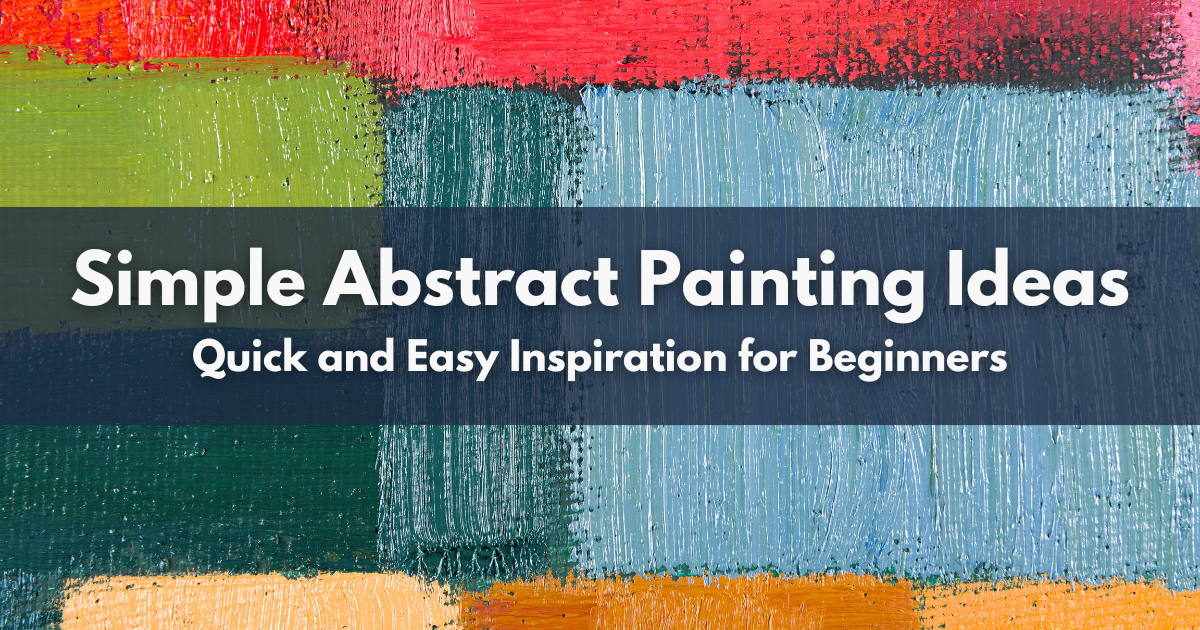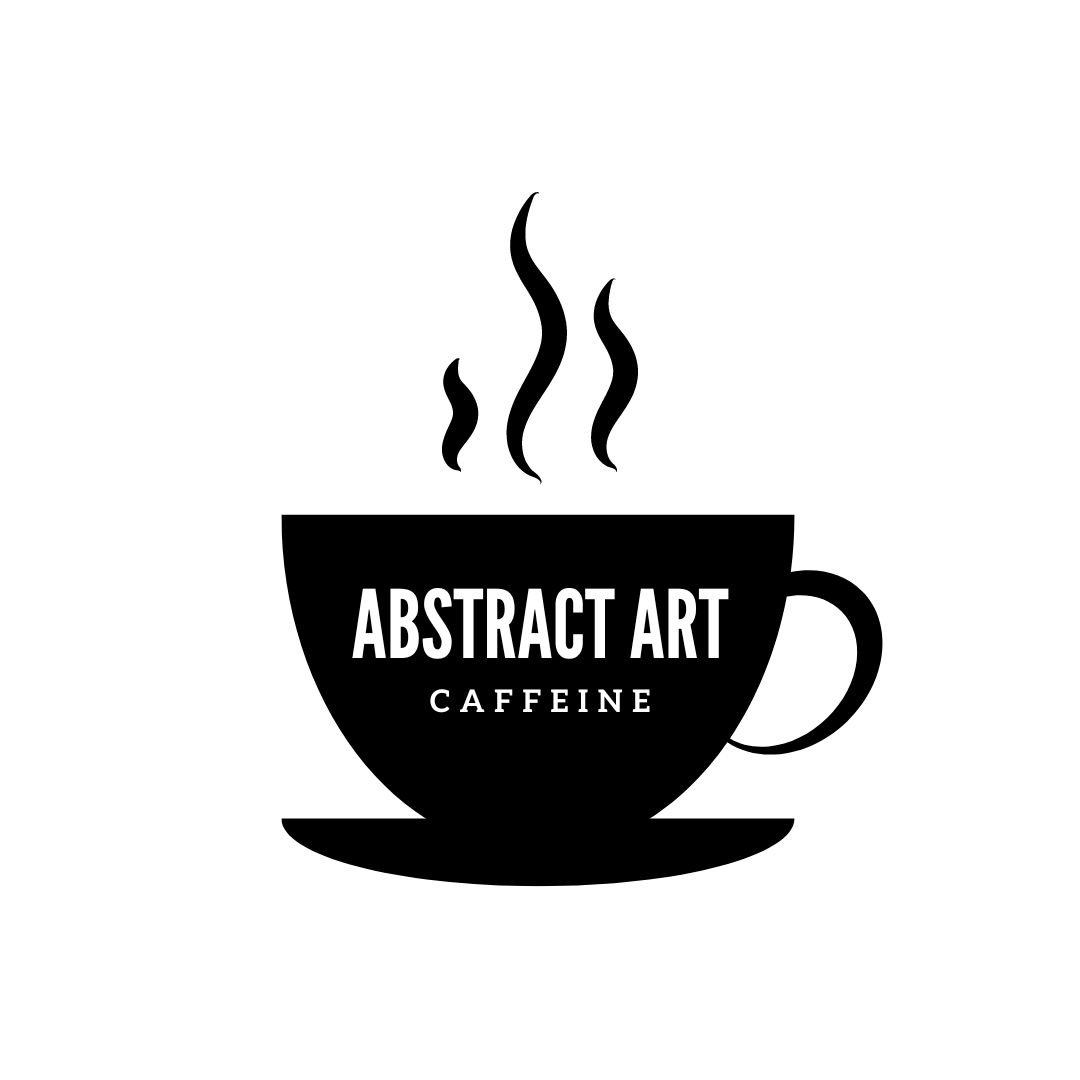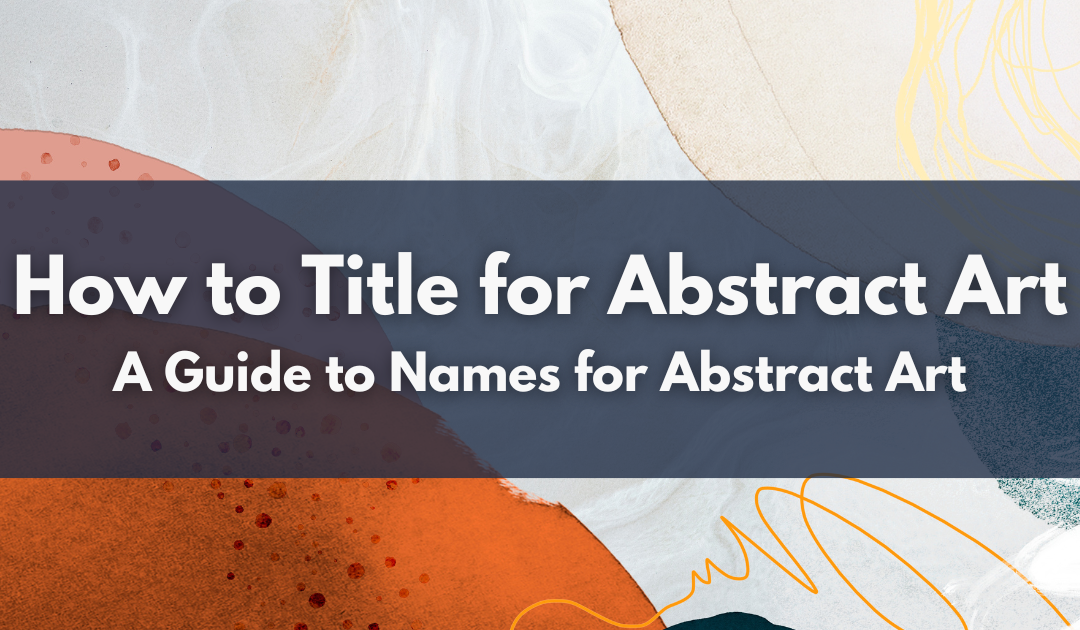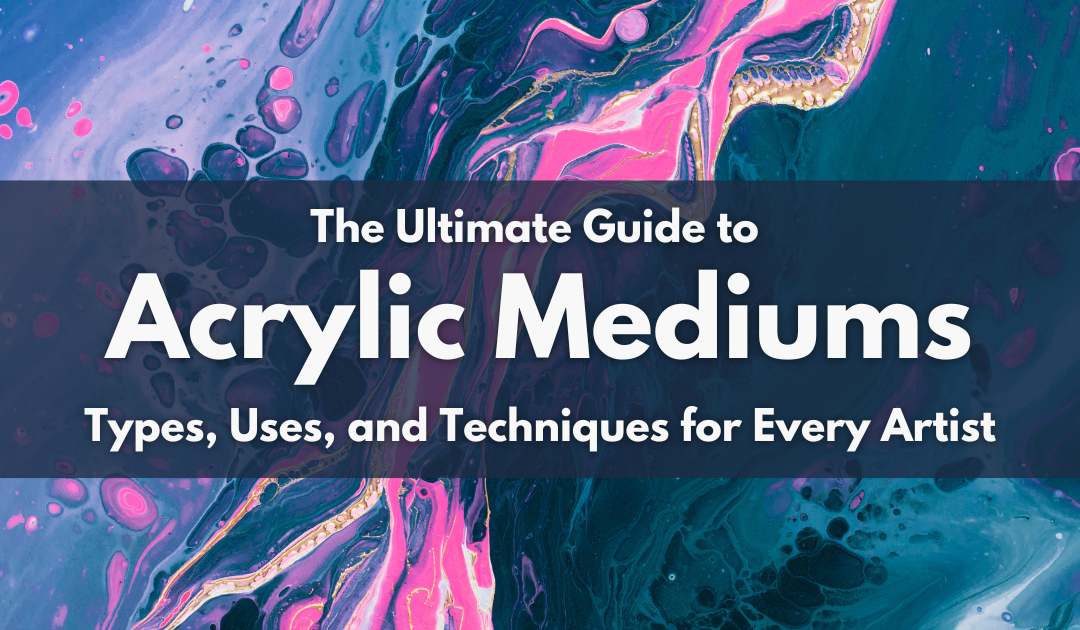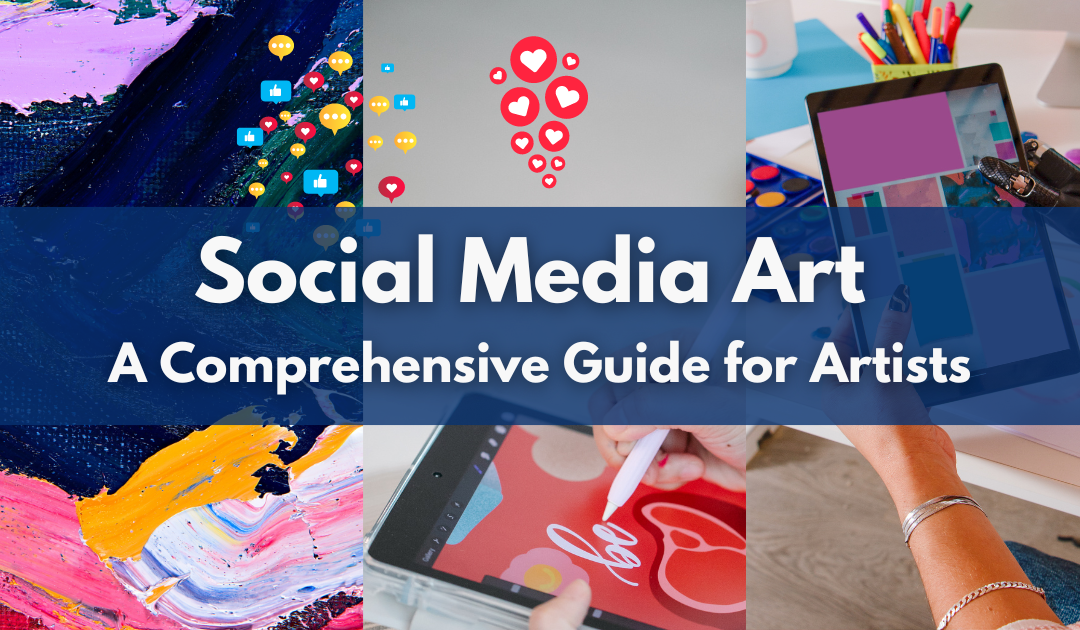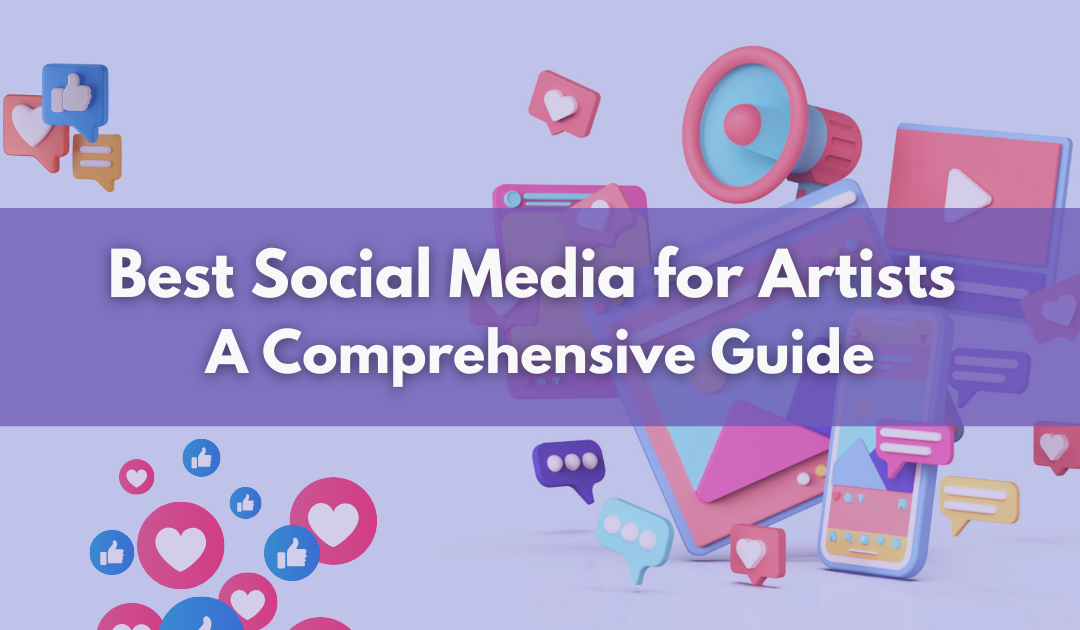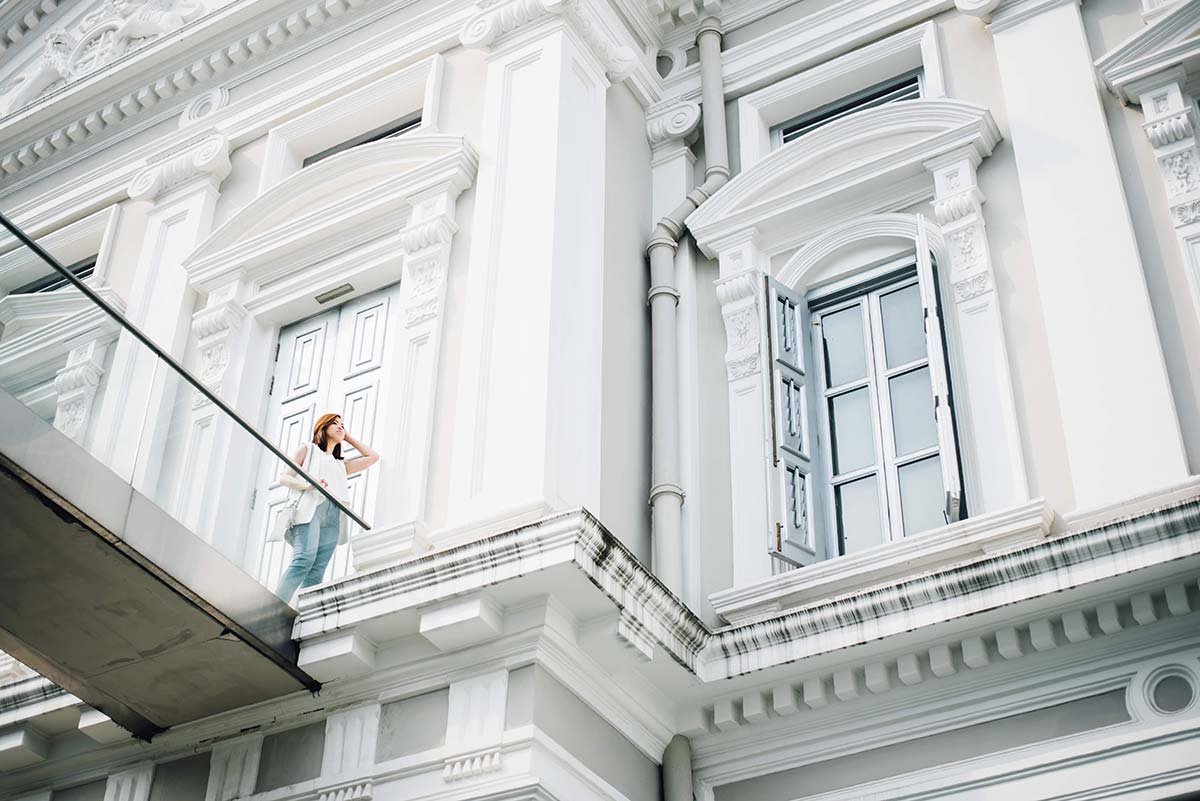Have you ever stood in front of a blank canvas, feeling excited and overwhelmed?
You’re not alone! Abstract art is a thrilling journey of self-expression that doesn’t require strict rules or perfect technique.
It’s all about unleashing your creativity and having fun with colors, shapes, and textures.
In this guide, we’ll explore simple abstract painting ideas that will inspire you to create art instantly.
Understanding Abstract Art
Before we dive into the exciting world of simple abstract painting ideas, let’s break down what abstract art really is.
Imagine you’re looking at clouds in the sky. One person might see a dragon, while another sees a ship. That’s the beauty of abstract art – it’s open to interpretation.
Abstract art doesn’t try to represent things exactly as they appear in real life. Instead, it uses colors, shapes, and textures to express emotions, ideas, or experiences. It’s like speaking a visual language that everyone can understand in their own way.
Why is abstract painting so popular among beginners?
Well, it’s incredibly freeing!
There’s no pressure to make things look “perfect” or realistic. You can express yourself without worrying about getting the proportions just right or matching exact colors.
It’s all about the journey of creation and self-discovery.
Essential Materials
Ready to start your abstract art adventure?
Let’s talk about the tools you’ll need. Don’t worry – you don’t need a fancy art studio to create amazing abstract pieces.
Here’s a list of basic supplies to get you started:
- Canvas or paper
- Acrylic paints (they’re versatile and dry quickly)
- Watercolors (great for fluid, dreamy effects)
- Brushes in various sizes
- Palette for mixing colors
- Water container
- Paper towels or rags
Optional tools that can add some extra pizzazz to your creations:
- Palette knives (for textured effects)
- Sponges (for interesting patterns)
- Soft pastels (for blending and smudging)
- Markers (for bold lines and details)
Budget-friendly Tip:
Don’t break the bank on expensive supplies when you’re just starting out. Many craft stores offer student-grade materials that are perfect for beginners.
You can also look for sales to save money.
Choosing Your Painting Medium
Now that you have your supplies, let’s explore different mediums you can use for your simple abstract painting ideas.
Each medium has its own unique characteristics, so you might want to experiment with a few to find your favorite!
Watercolor
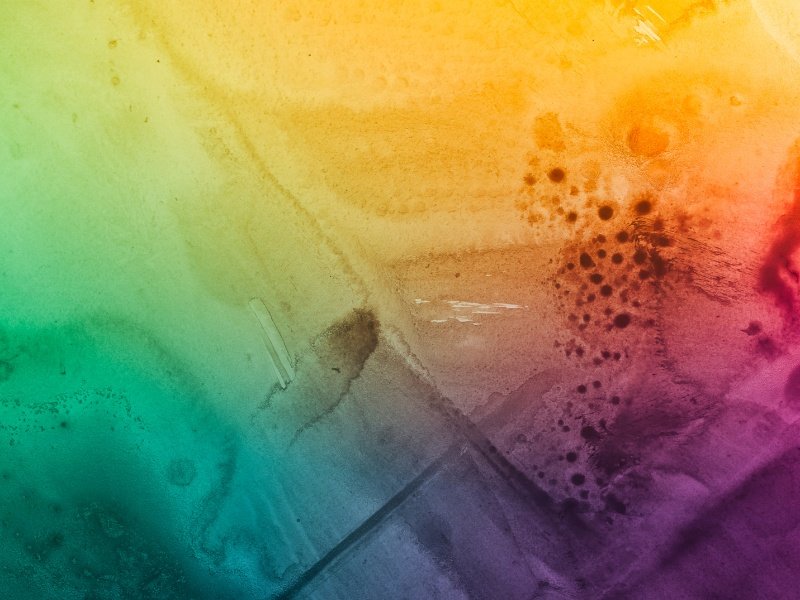
Watercolor is a fantastic medium for creating soft, ethereal abstract paintings.
It’s perfect for beginners because it’s forgiving – you can easily blend colors and create interesting effects.
Try this simple technique:
- Wet your paper with clean water.
- Drop different colors onto the wet surface.
- Tilt the paper to let the colors run and blend.
- Add more layers after the first layer is dry.
Acrylic
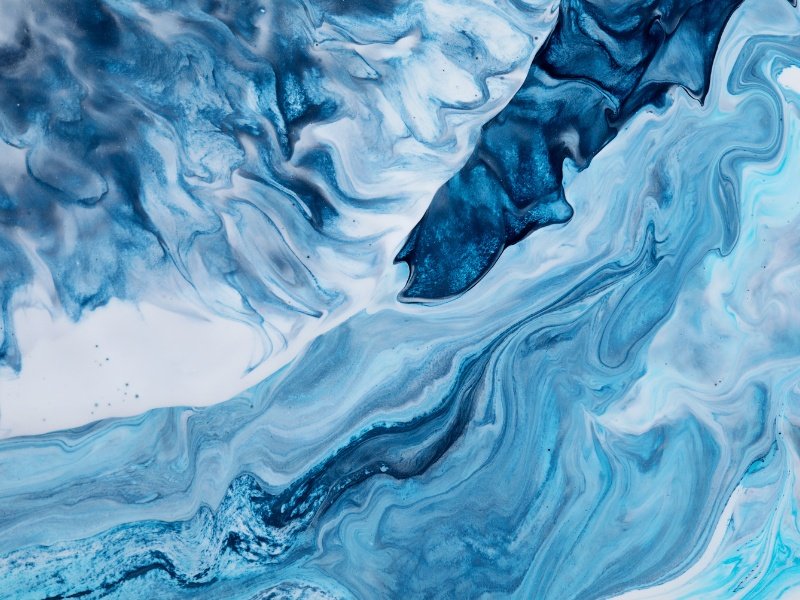
Acrylic paint is a favorite among abstract artists because it dries quickly and can be used on various surfaces.
It’s great for creating bold, vibrant pieces. Acrylic paint is also waterproof when it dries completely.
Here’s a fun acrylic pouring technique to try:
- Mix acrylic paint with a pouring medium.
- Pour the mixture onto your canvas.
- Tilt the canvas to create flowing patterns.
- Let it dry completely (this might take a day or two).
See the Magic on your Canvas.
Soft Pastels
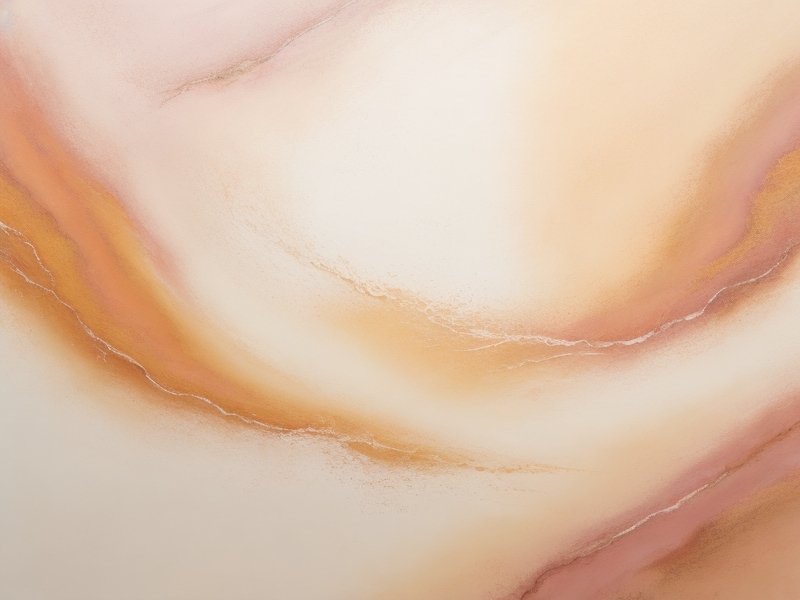
Soft pastels are perfect for creating abstract art with a velvety texture.
They’re easy to blend and layer. This will allow you to create depth in your paintings.
Try this simple pastel technique:
- Start with a base layer of color.
- Add different colors, blending with your fingers or a blending tool.
- Create patterns by drawing with the edge of the pastel.
Markers
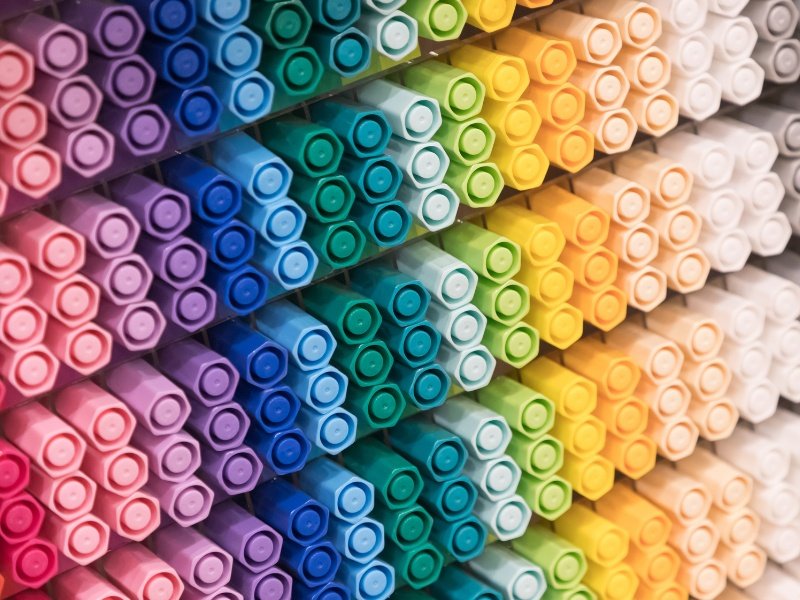
Markers are great for creating abstract art with clean lines and bold colors.
They’re especially useful for geometric abstract designs.
Here’s a simple marker technique:
- Start with light colors as a base.
- Layer darker colors on top.
- Use different types of lines – straight, curved, zigzag – to create interest.
Collage Papers
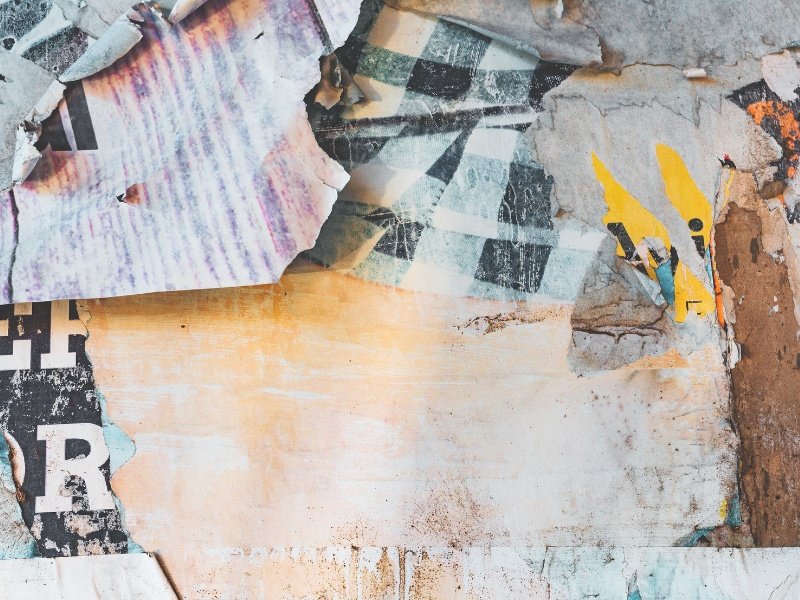
Collage is a fun way to create abstract art using paper.
You can use colored paper, old magazines, or even create your own painted papers.
Try this simple collage technique:
- Tear or cut paper into various shapes.
- Arrange them on your surface.
- Glue them down.
- Optionally, add paint or markers for extra details.
Painting Surfaces
The painting surfaces you choose can greatly impact your abstract painting.
Let’s look at some popular options:
Paper
Paper is excellent for beginners because it’s inexpensive and comes in many textures. It’s perfect for watercolor and marker abstract art.
Pro Tip: Use heavy-weight paper (140 lb/300 gsm or more) for wet mediums to prevent warping.
There are different types of watercolor paper and mixed media paper available.
Canvas
Canvas is the traditional choice for acrylic painting. It comes pre-stretched or in rolls and offers a nice texture for your brush strokes.
Different types of art canvases are available in the art stores.
Fun Fact: You can paint the edges of your canvas for a modern, gallery-wrapped look!
Wood Panels
Wood panels offer a smooth, hard surface that’s great for detailed work or mixed-media abstract art.
Try this: Let some of the natural wood grain show through in your painting for an interesting effect.
Pro Tip: You can apply Gesso on papers, canvases, and wood panels when using acrylic paints to reduce paint absorption. Gesso also helps to create some texture on your surface.
Composition and Design
Now that we’ve covered materials and surfaces, let’s talk about how to put your simple abstract painting ideas together.
Color Theory: The Magic of Hues
Colors can trigger different emotions and create various moods in your abstract painting.
Here are some color combinations to try:
- Complementary colors (opposite on the color wheel) for bold contrast
- Analogous colors (next to each other on the color wheel) for harmony
- Monochromatic (different shades of one color) for a cohesive look
Shape and Form: The Skeleton of Your Art
Shapes are the building blocks of abstract art. Mix and match these elements:
- Geometric shapes (circles, squares, triangles)
- Organic shapes (curves, blobs, irregular forms)
- Lines (straight, curved, zigzag)
Texture and Layering: Adding Depth to Your Art
Texture adds interest and depth to your abstract painting. Try these techniques:
- Use thick paint for raised areas
- Layer different materials (paint, paper, fabric)
- Create patterns with repetitive brush strokes or marks
Simple Abstract Painting Ideas: Let’s Get Creative!
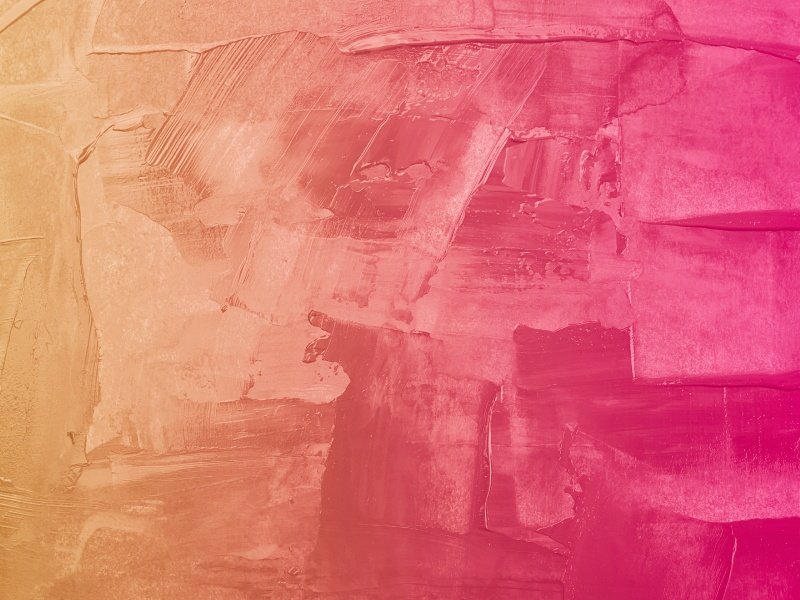
Now for the fun part – let’s explore some simple abstract painting ideas you can try today.
- Watercolor Wash: Create a dreamy background by wetting your paper and dropping in different colors. Let them blend and flow naturally.
- Acrylic Pour: Mix acrylic paint with a pouring medium and create mesmerizing patterns by pouring and tilting your canvas.
- Collage Abstract: Cut or tear colorful papers and arrange them in an interesting composition. Glue them down and add paint for extra pizzazz.
- Gold Leaf Accents: Apply gold leaf to certain areas of your abstract painting to add a touch of luxury.
- Air-Blown Abstract: Use a straw to blow wet paint around your paper or canvas for unique, organic shapes.
- Alcohol Ink Magic: Drop alcohol inks onto a non-porous surface like yupo paper or ceramic tile for vibrant, flowing abstract designs.
- Magazine Cutout Collage: Create an abstract composition using images and colors cut from old magazines.
- Color Field Abstract: Divide your canvas into sections and fill each with a different color for a bold, minimalist look.
- Pastel Dreamscape: Use soft pastels to create a misty, ethereal abstract landscape.
- Marker Madness: Create a geometric abstract design using markers of various colors and thicknesses.
- Minimalist Lines: Use simple lines of varying thicknesses to create an elegant, minimalist abstract piece.
Remember, these are just starting points. Feel free to mix and match techniques or invent your own!
Displaying and Sharing Your Artwork
Congratulations! You’ve created your abstract masterpiece.
Now what? Here are some ideas for showcasing your art:
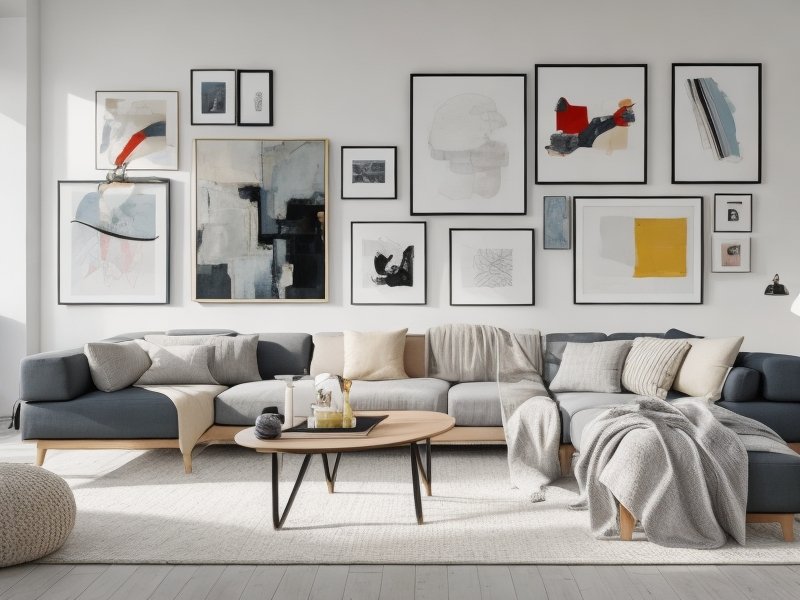
Framing and Hanging
- Choose a frame that complements your art without overpowering it.
- Consider a floating frame for canvas paintings to show off the edges.
- Create a gallery wall with multiple abstract pieces for a stunning display.
Social Media Sharing
- Take well-lit photos of your art to share on Instagram or Pinterest.
- Use hashtags like #abstractart or #emergingartist to reach art lovers.
- Join online art communities to connect with fellow artists and get feedback.
You can also read our articles to learn more about Social Media Art and Best Social Media for Artists.
Building a Portfolio
- Start a digital portfolio using a free website builder like Wix or WordPress.
- Include high-quality photos of your work and a brief artist statement.
- Keep your portfolio updated with your new creations.
FAQ: Your Abstract Art Questions Answered
- Q: Do I need to be good at drawing to create abstract art?
A: Not at all! Abstract art is about expression, not realistic representation.
- Q: How do I know when my abstract painting is finished?
A: Trust your instincts. If it feels complete to you, it’s finished!
- Q: Can I mix different mediums in one abstract painting?
A: Absolutely! Mixed media abstract art can be very exciting and unique.
- Q: What if I don’t like how my abstract painting turns out?
A: Don’t worry! You can always paint over it or use it as a learning experience for your next piece.
- Q: How do I come up with ideas for abstract paintings?
A: Look to nature, emotions, music, or even random objects for inspiration.
You can also read our article on abstract art inspiration
- Q: Is it okay to use unconventional tools for painting?
A: Yes! You can experiment with sponges, spatulas, cotton buds, stones, dry leaves, or even your fingers to create interesting textures.
- Q: How can I make my abstract art more cohesive?
A: Try using a limited color palette or repeating certain shapes throughout the piece.
- Q: Can I sell my abstract art as a beginner?
A: Sure! Start by sharing your work online or at local art fairs.
- Q: How do I price my abstract art?
A: Consider factors like size, materials used, and time spent. Start modestly and adjust as you gain experience.
- Q: How can I develop my own abstract style?
A: Keep practicing and experimenting with different techniques, and don’t be afraid to let your personality shine through your art.
Conclusion: Your Abstract Art Journey Begins!
We’ve explored a world of simple abstract painting ideas, from choosing materials to displaying your finished pieces.
Remember, abstract art is all about experimentation and self-expression. There are no strict rules – just let your creativity flow.
Don’t be afraid to make mistakes.
Each painting is a learning experience and this experience will help you grow as an artist. The most important thing is to enjoy and have fun with the process.
So, grab your supplies, put on some inspiring music, and start creating!
Who knows? Your next simple abstract painting may become your new favorite piece of art.
Ready to dive deeper into the world of abstract art?
Check out these resources for more inspiration and techniques:
Now it’s your turn!
We will be happy if you share this article with your artist friends and start your abstract art adventure today.
Happy painting!
Read More
- What is Gesso
- How to Prime a Canvas for Acrylic Painting
- Social Media Art: A Comprehensive Guide for Artists
- Best Social Media for Artists: A Comprehensive Guide
- Unlocking Creativity: Abstract Art Inspiration from Music, Nature, Culture, and More

